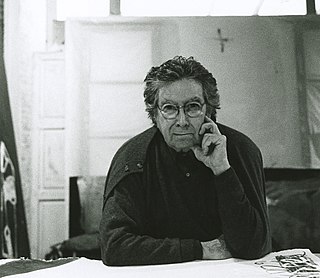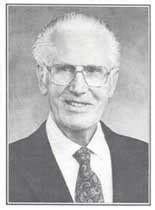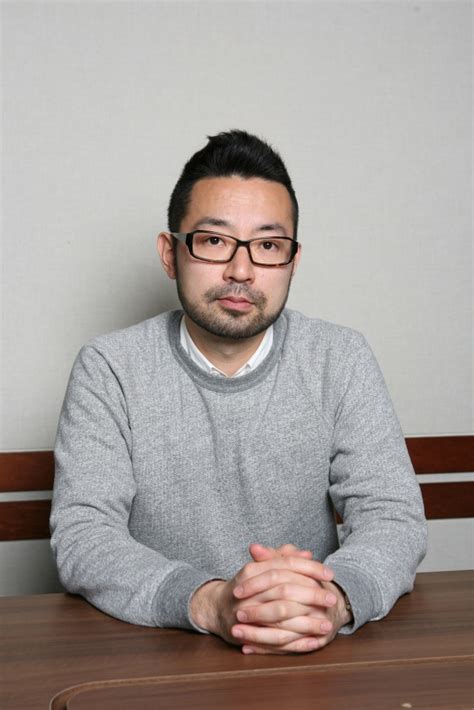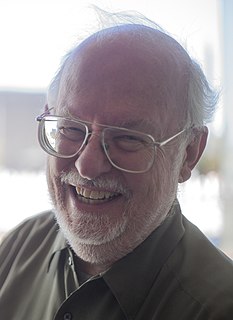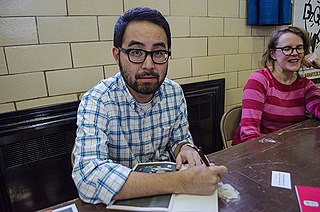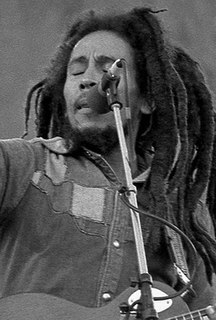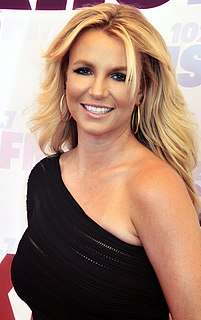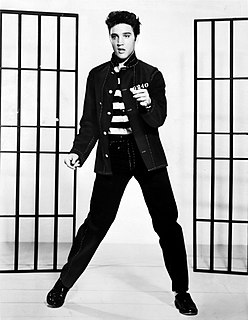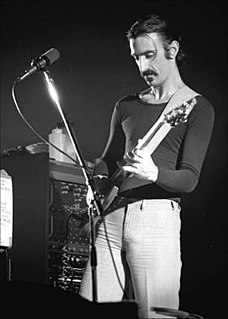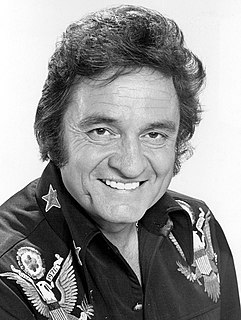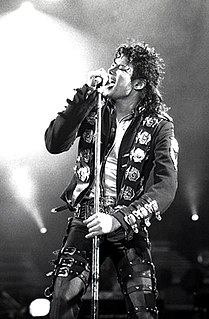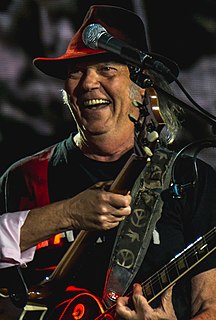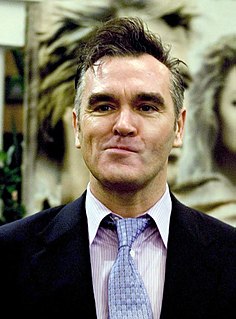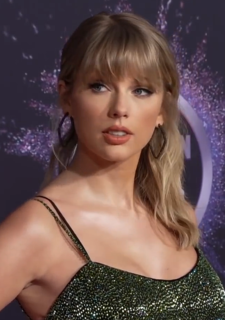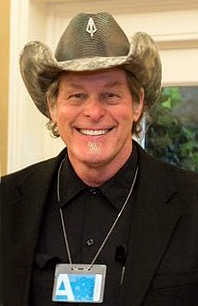A Quote by Jeffrey Lewis
Everybody has a direct view of the person "behind" the art, so there is going to be a certain amount of awareness of who is making songs. But I like paintings where you can see the brush-strokes.
Related Quotes
I started hiding my paintings in certain ways, like behind panes of glass for example. Then, instead of hiding them I did something quite cold and clinical: I built a wooden box, filled it with enamel paint and dunked the painting in so you could only see a suggestion of it from a controlled point of view.
Each moment of your life is a brush stroke in the painting of your growing career. There are the bold, sweeping strokes of one increasing, dynamic purpose. There are the lights and shadows that make your life deep and strong. There are the little touches that add the stamp of character and worth. The art of achievement is the art of making life-your life-a masterpiece.
When you see me on TV, that's about as close to my real personality as you can get. There are a certain amount of folks who admire me, there are a certain amount of folks who don't, and I'm not going to try and change their mind. Nothing I can do will change their mind anyway, because they already have a good gauge of who I am as a person.
I don't view myself as powerful. I mean, I view myself as a person that like everybody else is fighting for survival. That's all I view myself as and I really view myself now as somewhat of a messenger. You know, this is a massive thing that's going on. These are millions and millions of people that have been disenfranchised from this country. I was in front of a group yesterday, at least 25,000 people. The place was going crazy, and I said, I'm like the messenger.
I can go to parties all the time and not see people I want to work with, but then sometimes I do, and the way I try to describe it is that I like to refer to art history a lot in my paintings, and there are some people who just have a face that feels like art historical. Like they could be in a Tiepolo painting as a person riding through the sky in a chariot, or she could be in a fashion magazine.

